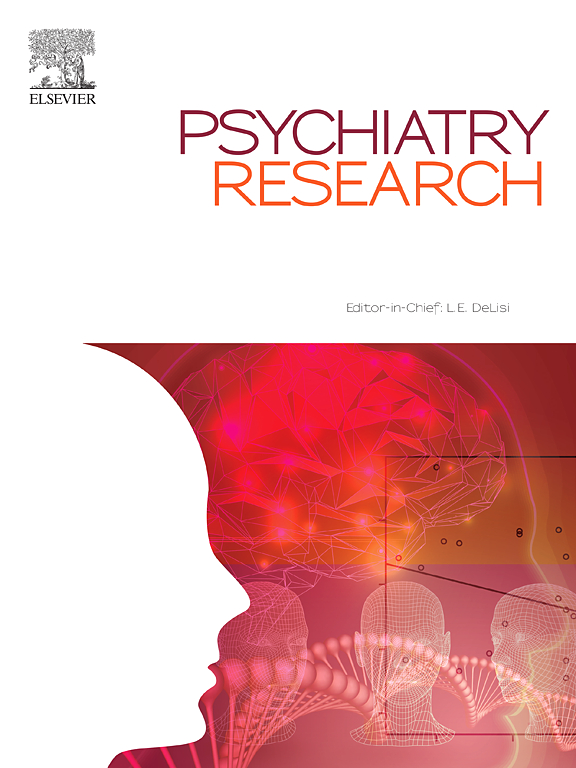Oral versus long-acting injectable antipsychotics in schizophrenia spectrum disorders: A systematic review of patients’ subjective experiences
IF 4.2
2区 医学
Q1 PSYCHIATRY
引用次数: 0
Abstract
Schizophrenia spectrum disorders significantly impact daily functioning, with antipsychotic medications regarded as the gold standard treatment. However, their efficacy is often limited by side effects and adherence rates. Understanding patient perspectives and subjective experiences, particularly regarding oral versus long-acting injectable (LAI) antipsychotics, is crucial for improving medication outcomes and patient-tailored treatments. A systematic review of qualitative studies was conducted following the ENTREQ guidelines. Data were extracted from PubMed, Scopus, and PsycInfo, with thematic synthesis used to identify key themes in patient-reported experiences. Thirty-nine studies (1.477 patients) were included and analyzed, revealing three core themes: (1) perception and experience of medication, (2) social dynamics and influence, and (3) trust and communication with healthcare providers. Side effects and lack of information were often mentioned by patients. While LAI antipsychotics were linked to symptom stability and functional improvements, many patients lacked adequate information about their effects, contributing to adherence difficulties. Stigma and negative beliefs were common across both oral and LAI formulations, thus determining significant barriers to medication adherence. This review emphasizes that patients’ experiences with antipsychotic medications are shaped by three key factors: the environment, the therapeutic relationship, and the drug itself. Two critical areas warrant particular attention: psychoeducation and stigma. Bridging psychoeducational gaps and addressing stigma could significantly enhance treatment adherence and outcomes. Additionally, greater emphasis on providing comprehensive and accurate information about antipsychotic treatment options is essential to support patient-centred care and informed decision-making.
精神分裂症谱系障碍口服抗精神病药物与长效注射抗精神病药物的比较:患者主观体验的系统性回顾
本文章由计算机程序翻译,如有差异,请以英文原文为准。
求助全文
约1分钟内获得全文
求助全文
来源期刊

Psychiatry Research
医学-精神病学
CiteScore
17.40
自引率
1.80%
发文量
527
审稿时长
57 days
期刊介绍:
Psychiatry Research offers swift publication of comprehensive research reports and reviews within the field of psychiatry.
The scope of the journal encompasses:
Biochemical, physiological, neuroanatomic, genetic, neurocognitive, and psychosocial determinants of psychiatric disorders.
Diagnostic assessments of psychiatric disorders.
Evaluations that pursue hypotheses about the cause or causes of psychiatric diseases.
Evaluations of pharmacologic and non-pharmacologic psychiatric treatments.
Basic neuroscience studies related to animal or neurochemical models for psychiatric disorders.
Methodological advances, such as instrumentation, clinical scales, and assays directly applicable to psychiatric research.
 求助内容:
求助内容: 应助结果提醒方式:
应助结果提醒方式:


